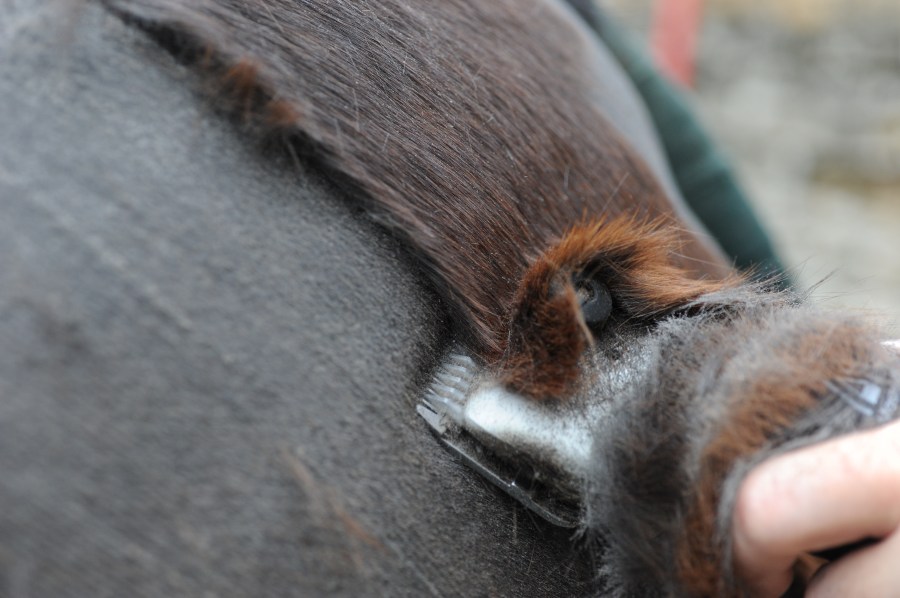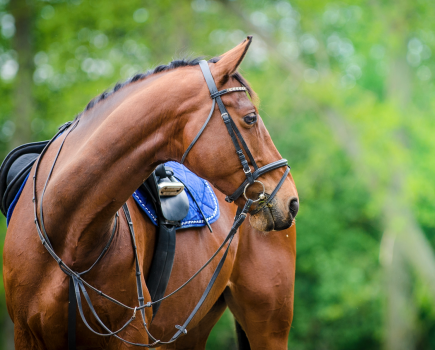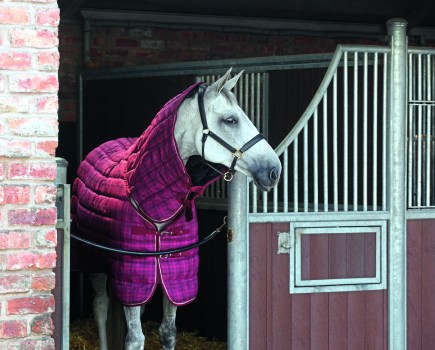A clipped or partially clipped horse is a real eye-catcher, but getting to that point can be fraught with difficulty, not least choosing the right clippers for the job.
As the days shorten and your horse starts to shed their summer coat, thoughts turn to dealing with them becoming like a furry teddy bear. For many, clipping is a practical way to keep a horse comfortable and cooler if they are working through the colder months, as drying off a sweaty horse with a long, thick coat isn’t easy.
To ensure that you get that clip, though, it is worth investing in a set of quality clippers. By learning how to use them properly, taking good care of them and storing them correctly, you’ll have years of trouble-free clipping.
There are various factors to consider before a new set is purchased:
- How often you will be clipping?
- How many horses will you be clipping?
- Are you a beginner?
- Will you need them on the go?
- Will you always have access to mains power?
It can be overwhelming, but thinking carefully about the answers to these questions will help to narrow down your search.
For example, if you run a yard and clip lots of horses all year round, or want to start your own clipping business, you should invest in hard-wearing, good quality clippers. But if you have one horse and only clip a few times a year, it might be more suitable to choose a budget clipper that’s reliable but won’t break the bank. You’ll need to think about your horse’s temperament, too: if they don’t like being clipped, choose clippers that are quiet with minimal vibration. If you like sharp edges, look for a set with a narrow edge – this will give a cleaner finish to your lines.
The final thing to consider is your budget. Top-of-the-range clippers will cost more than £300, but if you only need a lightweight trimmer rather than a set of clippers, you can expect to pay around £50 to £60 for these. If you’re looking at second-hand clippers, have them checked by an electrician before you buy.
What type of clippers do you need?
Clippers fall into three categories:
- Light duty
- Medium duty
- Heavy duty
Light-duty clippers
These are designed for horses with finer coats. They are ideal for part clips and are a good option if you own just one horse. They tend to be quieter than bigger sets, making them a good option if the horse is new to clipping, or not keen on being clipped. However, this is because they aren’t as powerful as their heavy-duty cousins, so clipping will take longer.
Some lightweight clippers use the A5 blade system, whereby the blades just snap on. These are a fantastic option for the more inexperienced user because it means that they doesn’t need to set the tension, which can sometimes prove daunting.
Medium-duty clippers
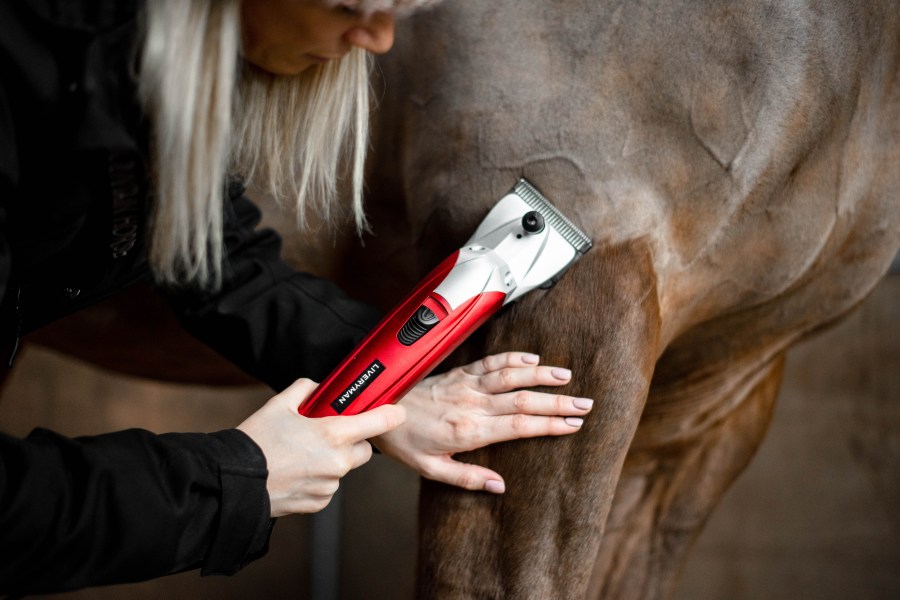
A popular choice, medium-duty clippers are versatile and will cope with a variety of coat lengths
These are a popular choice. This versatile type of clipper will cope well if you regularly need to clip a number of horses with varying coat thicknesses. Medium-duty clippers are bigger and heavier than the smaller light-duty ones.
Some manufacturers produce clippers that have an ergonomically shaped shaft which makes them easier and more comfortable to hold and use, particularly for long periods. If possible, it is worth venturing to a shop that stocks different brands. Ask to try as many as you can so that you can choose the one that feels the most comfortable in your hand.
Heavy-duty clippers
These are the big boys of the clipping world. These are the best option for those people clipping numerous horses on a regular basis, or for horses who have particularly coarse or thick hair. Such clippers have more powerful motors and are designed for prolonged hard work. This, however, can make them noisy as well as heavy to hold.
Cordless vs corded
If you don’t have electricity at your yard, you can opt to buy a set of re-chargeable battery clippers. Most clipper manufacturers now offer a cordless or battery-operated option in their range. The team at Lister Shearing offers advice on the pros and cons of using a corded or a cordless clipper…
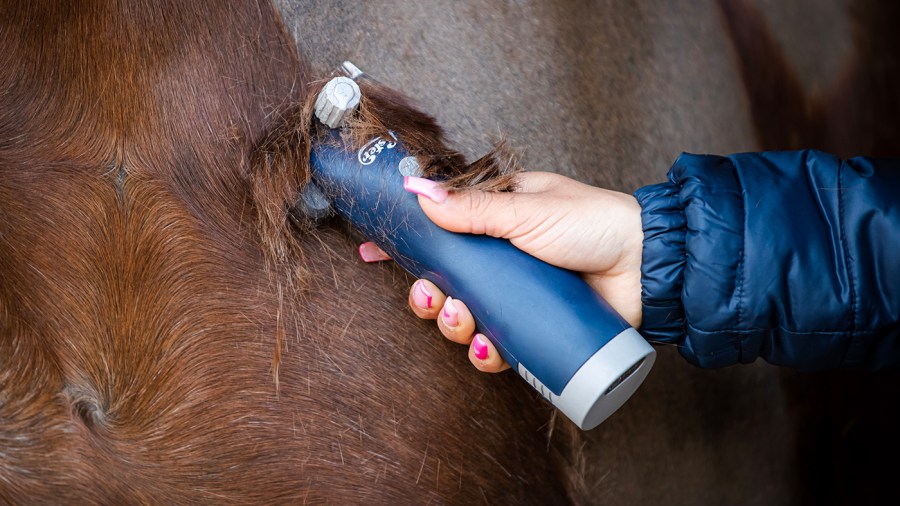
Cordless clippers are often a good choice for young or nervous horses
Cordless or battery operated clippers
Pros:
- Offer enhanced safety and flexibility as there is no cable to worry about.
- Good for nervous horses or those who are new to clipping as you can focus on them and not the cord.
- Usually quieter, so can be better for nervous horses.
Cons:
- The battery is limited, so will need to be recharged. It might not last longer than clipping one horse, which is something to consider if you have multiple horses to do. However, some clippers provide a spare battery, or you can invest in an extra one.
Corded
Pros:
- Often cheaper than cordless clippers.
- Don’t run out of power, so can take time and clip multiple horses in one go.
Cons:
- The cord can get in the way.
- It’s worth using a circuit breaker, which will cut off the power if the machine detects a fault.
Achieving professional cut
Anyone buying a set of clippers will find that they come with a set of blades. Having this spare set is invaluable for a number of reasons, not least using a cold set of blades can make clipping more sensitive areas, such as the tummy and face, more comfortable for the horse. Also, having blades go blunt halfway through the clipping process is incredibly frustrating.
“Your new clippers will come with a set of blades,” confirms Liveryman Clippers’ brand ambassador and professional groom, Niki Baxter. “Electric powered clippers use what is called an A2 blade. Most will come with a medium A2 blade that is suitable for most coat lengths.
“If your horse has a thick coat, I would use a coarse A2 blade. This doesn’t always give the best finish, but you can tidy it up by going over the coat again with your medium blades. There is also a fine A2 blade available. I would use this on horses with a fine winter coat, or if I’m clipping a summer coat.”
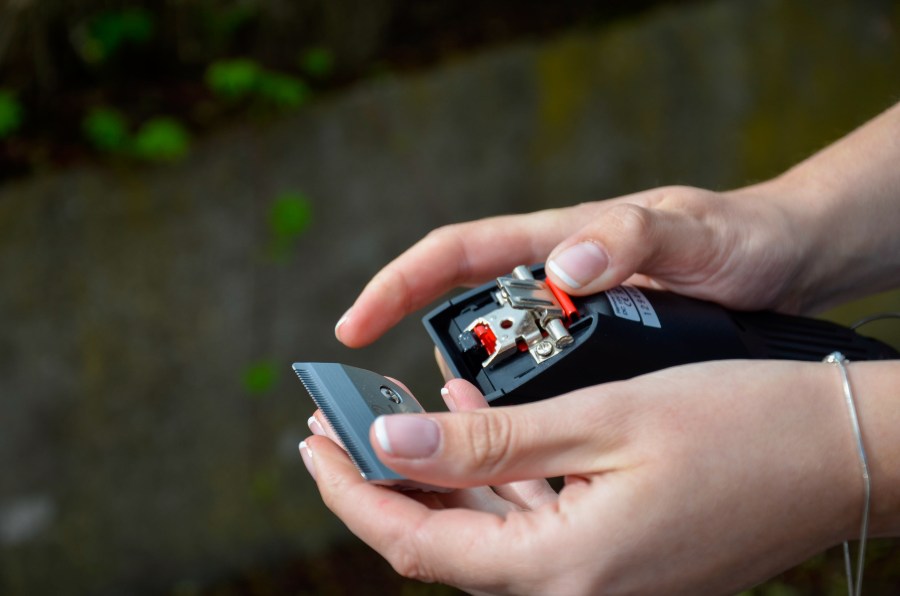
A5 blades come in a variety of options and simply snap onto a lightweight clipper
Niki explains that most cordless or lightweight clippers use a different blade system (A5), with those blades usually narrower and snap on rather than having to be tensioned. These are easier to use on those hard to clip areas, such as the head, around the elbow and the legs. A5 blades are available in a number of different clipping lengths, and having a few options in a clipping arsenal will mean that even those with little experience can achieve a professional finish.
“For clipping the head and lower legs I would use a 2mm A5 blade,” Niki says. “If you want to shorten your horse’s leg hair rather than clip it fully, a 6.4mm or a 9.6mm skip tooth blade will give the desired finish.”
Trimmers
Trimmers are available in mains or cordless versions, and are for trimming small and delicate areas, such as their face, ears, fine leg hair or any other awkward places. Using a pair of trimmers is also a good introduction to clipping for young or nervous horses.
Good preparation is key
Finally, you have your clippers and your various blades and are all set and ready to go. Remember, though, that you can have the best equipment for the job, but to achieve the best results your horse has to be as dry, clean and best behaved as possible.
You should spend extra time with a horse who is scared of clippers, or who finds it ticklish, preparing them to stand calmly and quietly – this is key for your safety, as well as doing a good job. Ideally, bath them the day before, or make sure that they’ve had a thorough groom before making a start.
Love hacking? Join our free #Hack1000Miles challenge and see how far you can go!

